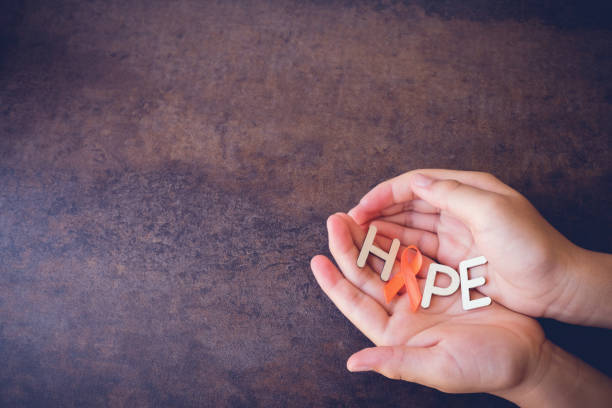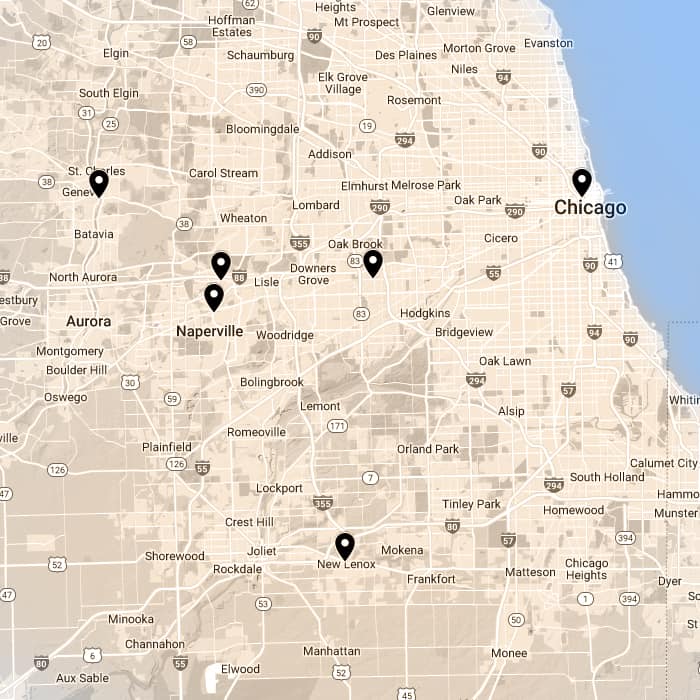It is hard to imagine that people would intentionally hurt themselves. If you or a loved one struggles with this behavior, take heart. You are not alone. A large survey of undergraduate college students discovered that almost 10 percent had admitted to purposefully cutting or burning themselves on one or more occasions. When the definition of self-injury was expanded to add head-banging, scratching or hitting oneself purposefully, the rate increased to 32 percent.
At Rago & Associates, our highly trained and experienced therapists can help individuals change negative thought and behavioral patterns, allowing them to become more nurturing toward themselves and break free from patterns of negativity that have been controlling their lives.
Self-harm can take many forms from self-starvation to "cutting" ones body. These symptoms are sending a message to themselves and the world around them. You can't see how badly someone is feeling inside, so them expressing it outwardly makes is a way to get across feeling so badly inside. Even though they may try to hide the self-injury, they may have a secret hope that someone will notice how bad they feel and be able to help and connect with them.
What could lead a person to harm oneself? Self-injury may occur in response to intense feelings of frustration, depression, anxiety, fear, rejection, loneliness or low self-esteem. If the feelings become too intense to handle, a person may find themselves using self-injury to cope. Self-injury may provide a sense of control over pain. Self inflicted physical pain may be more tolerable and predictable, therefore comforting, compared to severe emotional pain. It may serve to distract a person from their emotional suffering and provide temporary relief from it. Self-injury may also help people to feel alive or feel “something” if they have been feeling numb. It may also allow some people to make their suffering real and tangible, instead of feeling trapped inside where no one can see or understand it. Self-injury may also occur when a person needs help but does not know how to get it effectively. It may be self-soothing to someone who lacks ways to comfort oneself. In some instances, self-injury may result after a traumatic experience. Healing from such an experience would be an important part of alleviating the self-injurious symptoms. We would suggest writing an autobiography to explore key life events and correlate these times with the development of symptoms of self-injury or other emotional problems (such as depression, sleep problems, or eating disorder behaviors). This can bring relief and understanding as an individual begins to heal and works on learning new coping strategies.
While most self-injury is not intended as a suicide attempt, self-injury tends to escalate, as increased intensity is needed to relieve the emotional pain over time. This process can eventually lead to suicide. Additionally, the underlying causes of self-injury, such as depression or anxiety disorders, also have a high risk or suicide. Treatment is needed to help the person overcome the habit or impulse to injure themselves and find relief for the underlying causes in a safe, effective way.
Receiving counseling for self-injury can be fearful at first, but eventually a relief. Finding the underlying reasons for self-injury can be discovered through counseling, and if there is concurrent depression or anxiety, strategies to overcome these will be created to reduce the need to injure. Self-soothing strategies and calming techniques can be learned through therapy. People who self-injure can learn ways to communicate more effectively with family and friends, and to find better ways to take care of yourself and our emotions through counseling. Highly trained and experienced therapists from Rago & Associates can assist these individuals to make changes in their behavioral and thought patterns to be more direct and nurturing toward themselves, and break the negative patterns that seem to control their lives. Psychotherapy can help these individuals and their families enjoy positive and effective relationships and communication.


Looking for trusted eating disorder therapy centers in Chicago and nearby areas?
Our seasoned therapists utilize evidence-based approaches to support recovery in a welcoming environment. Whether you’re seeking help for yourself or a loved one, our centers are conveniently located throughout the Chicago area, ensuring you find the right support close to home.
Let us be your partner on the journey to healing and recovery.
Considering help? Feel free to email Dr. Maria Rago, counseling director at Rago & Associates. She will personally read it and connect you with the services and people she believes can best help you or your loved one.